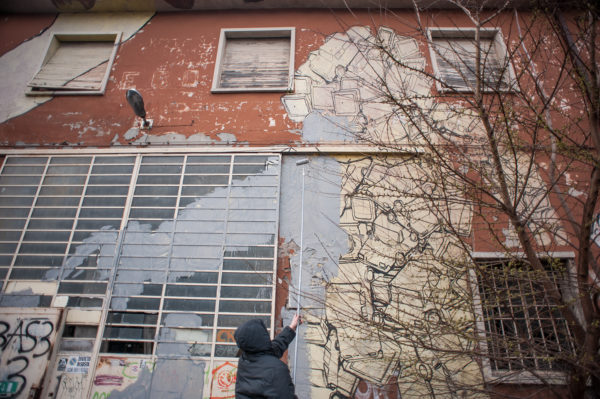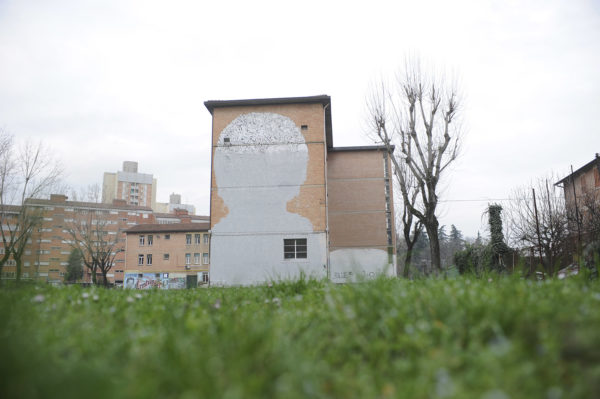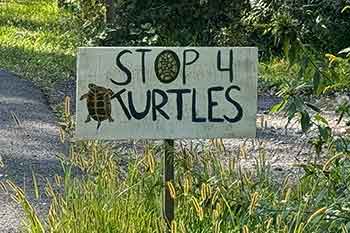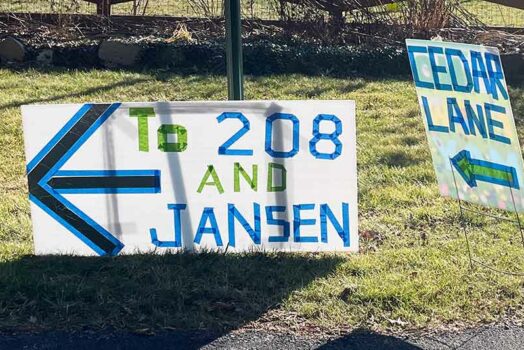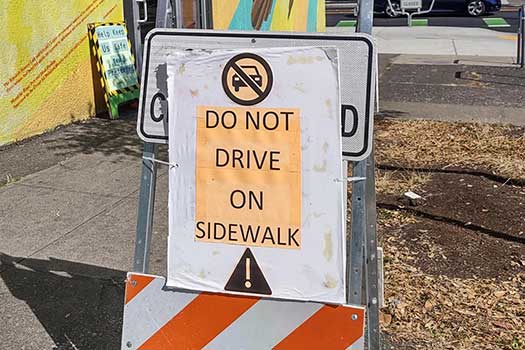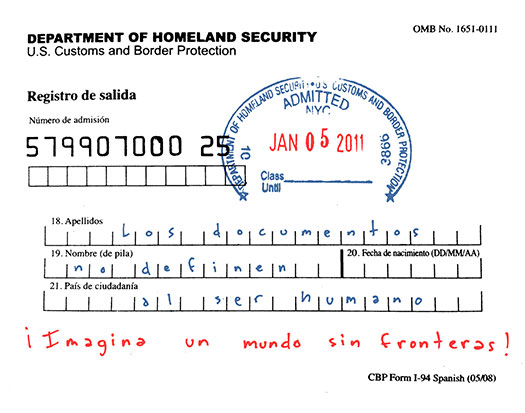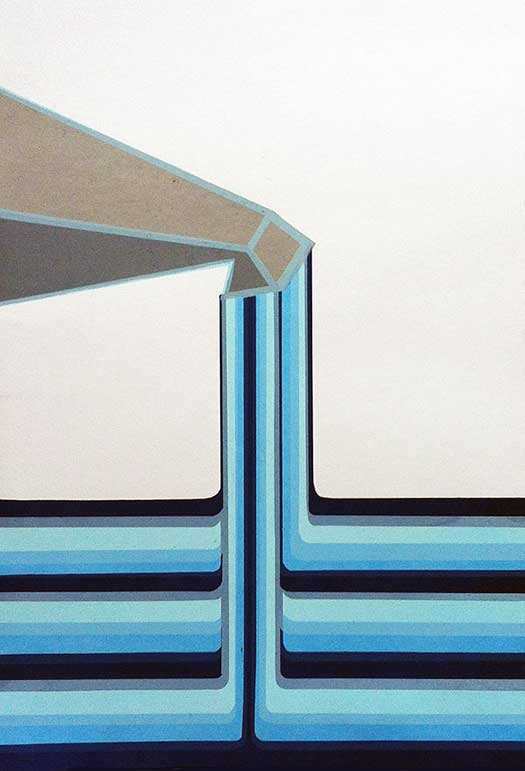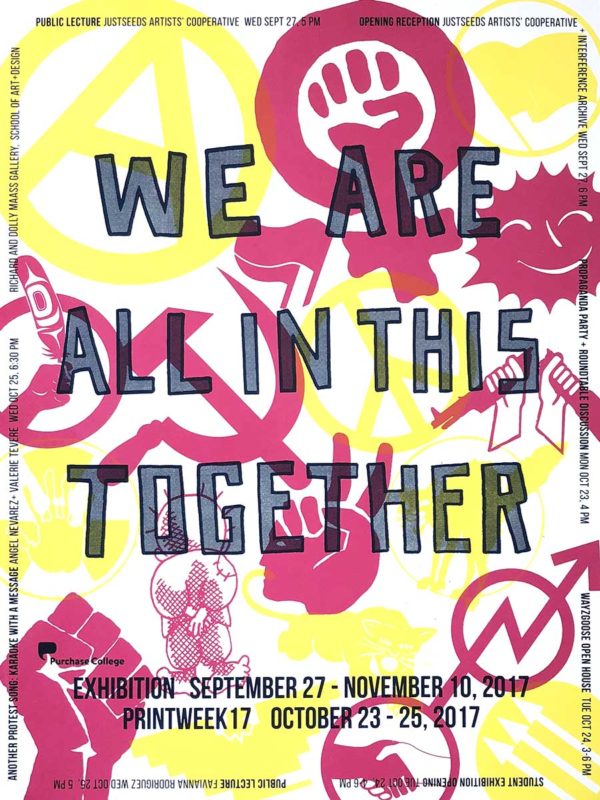A friend in Slovenia recently notified me that the artist BLU’s removing his murals from Bologna Italy for very anti-commercial reasons. Check out the article and further discussion, in Italian, on the Wu Ming website.
On March 18th an exhibition called Street Art: Banksy & Co. – L’Arte allo Stato Urbano will open in Bologna, Italy. It is promoted by Genus Bononiae, a cultural output of Fondazione Carisbo, ie the most important bank foundation in town.
Some of the exhibited works of art come directly off the streets of Bologna. They have been removed from walls with the stated purpose of «salvaging them from demolition and preserving them from the injuries of time», which means turning them into museum pieces.
The patron of this project is Fabio Roversi Monaco, a former member of the Zamboni – De Rolandis masonic lodge and former Rector of the Università di Bologna from 1985 to 2000, as well as former president of Bologna Fiere and Fondazione Carisbo. Currently Roversi Monaco is the president of Banca Imi, president of the Accademia di Belle Arti and president of Genus Bononiae.
More than any other in Bologna’s recent history, Roversi Monaco’s name evokes power, money, politics… and the ensuing repressive policies. When the university celebrated its Ninth Centenary, he refused all dialogue with the students who protested the high costs of the grand gala. During the inaugural ceremony, the police kept protesters out of the hall. The event ended up with 21 demonstrators indicted. That was in 1987. Three years later, when students occupied the university to protest a law which opened up the gates for private investors, 127 students were charged and taken to court for several alleged offences.
Thus, it is not surprising to see Roversi Monaco backing those curators, conservators and promoters who, heralding their love for street art, found a good opportunity for their careers and now are using the work of other people with patronising arrogance.
It isn’t surprising, either, to see the former president of the most powerful bank foundation in town promoting the umpteenth privatisation of more and more pieces of town. This exhibition will embellish and legitimise the hoarding of art taken off the street, which is only going to please unscrupled collectors and merchants.
It isn’t surprising to see the good friend of both “centre-left” and “centre-right” politicians pretending to solve the contradictions of Bologna, a city which on the one hand criminalises graffiti, puts 16-year-old writers on trial, praises “urban decorum”, and on the other celebrates herself as the cradle of street art and wants to recuperate it for valorisation on the market.
It doesn’t matter whether the pieces removed from the walls of Bologna are two or fifty. It doesn’t matter whether those walls were part of condemned buildings or part of the landscape in the northern outskirts of town. It doesn’t even matter that seeing street art exhibited in a museum is paradoxical and grotesque. This “street art” exhibition is representative of a model of urban space that we must fight, a model based on private accumulation which commodifies life and creativity for the profits of the usual few people.
After having denounced and criminalised graffiti as vandalism, after having oppressed the youth culture that created them, after having evacuated the places which functioned as laboratories for those artists, now Bologna’s powers-that-be pose as the saviours of street art.
All this deserved a response.
The response came last night. Indeed, it keeps coming right now. One of the artists who unwillingly features in the exhibition is responding in the streets to what is being prepared in the posh rooms of Palazzo Pepoli.
Blu is erasing all the murals he painted in Bologna in the past 20 years.
We are faced with arrogant landlords who act as colonial governors and think they’re free to take murals off our walls. The only thing that’s left to do is make these paintings disappear, to snatch them from those claws, to make hoarding impossible.
Blu is being helped by the activists of two occupied social centres – XM24 and Crash. It isn’t by chance that both places are in the Navile district, an area where “citizen participation” is dead under the collapsing weight of failed housing projects and travellers’ camps are the subject of fake emergencies.
The people who take this action don’t accept that yet another shared asset is appropriated, they don’t want yet another enclosure and a ticket to buy.
The people who take this action aren’t willing to give up their work for the benefit of the same old bosses in exchange for a stool in the cosy club.
The people who take this action can tell the difference between who has money, power and the highest offices, and who deploys creativity and intelligence.
The people who take this action can still tell what’s right from what’s easy.
Wu Ming, Bologna, 11-12 March 2016
(39th anniversary of the killing of Francesco Lorusso)
